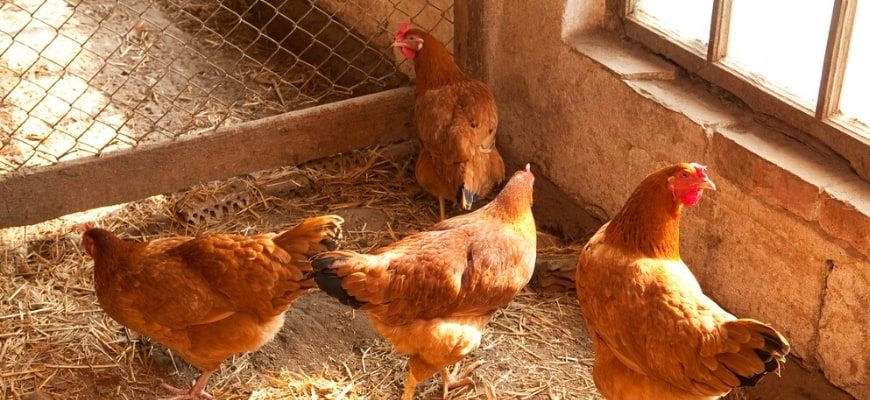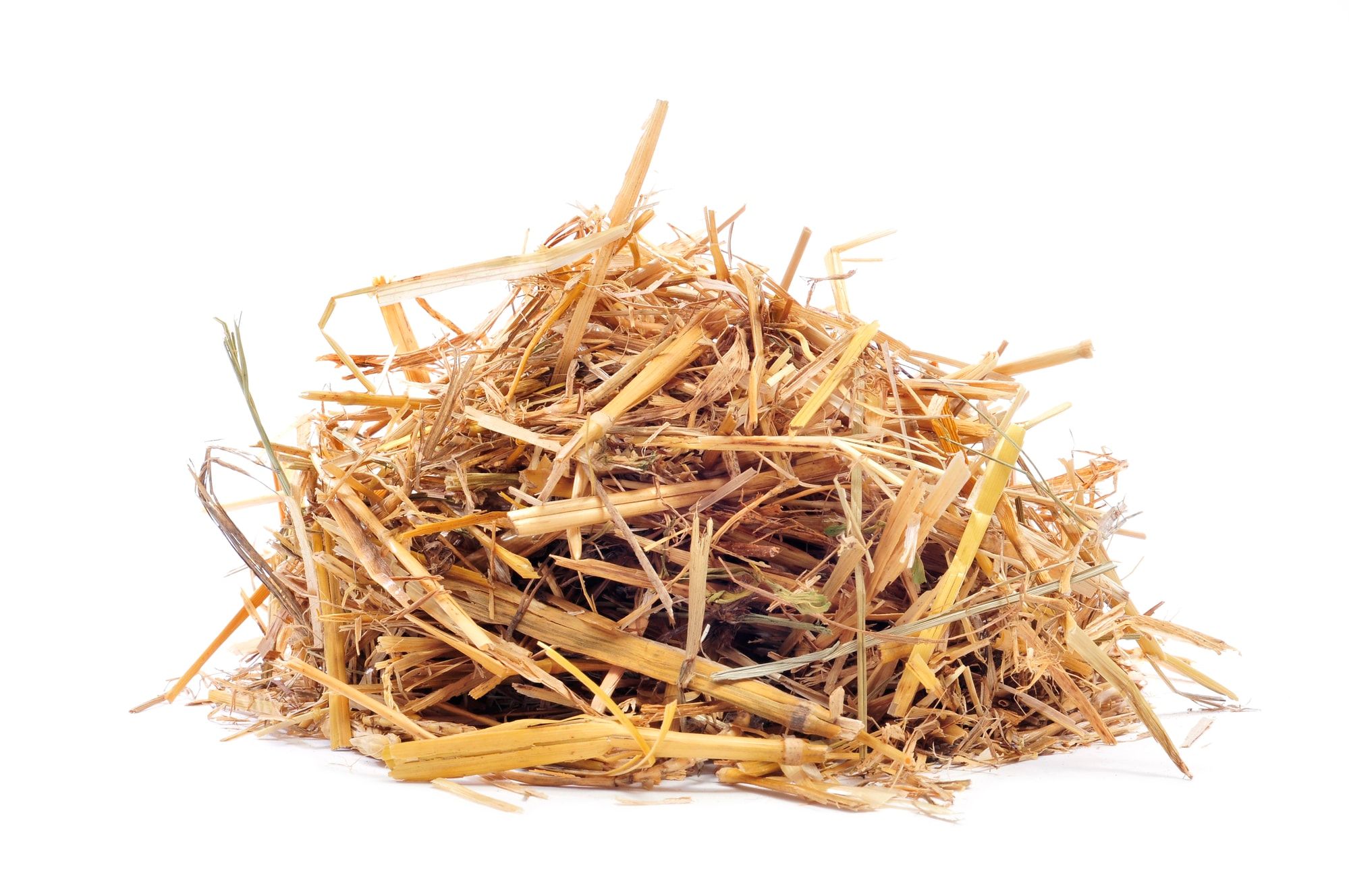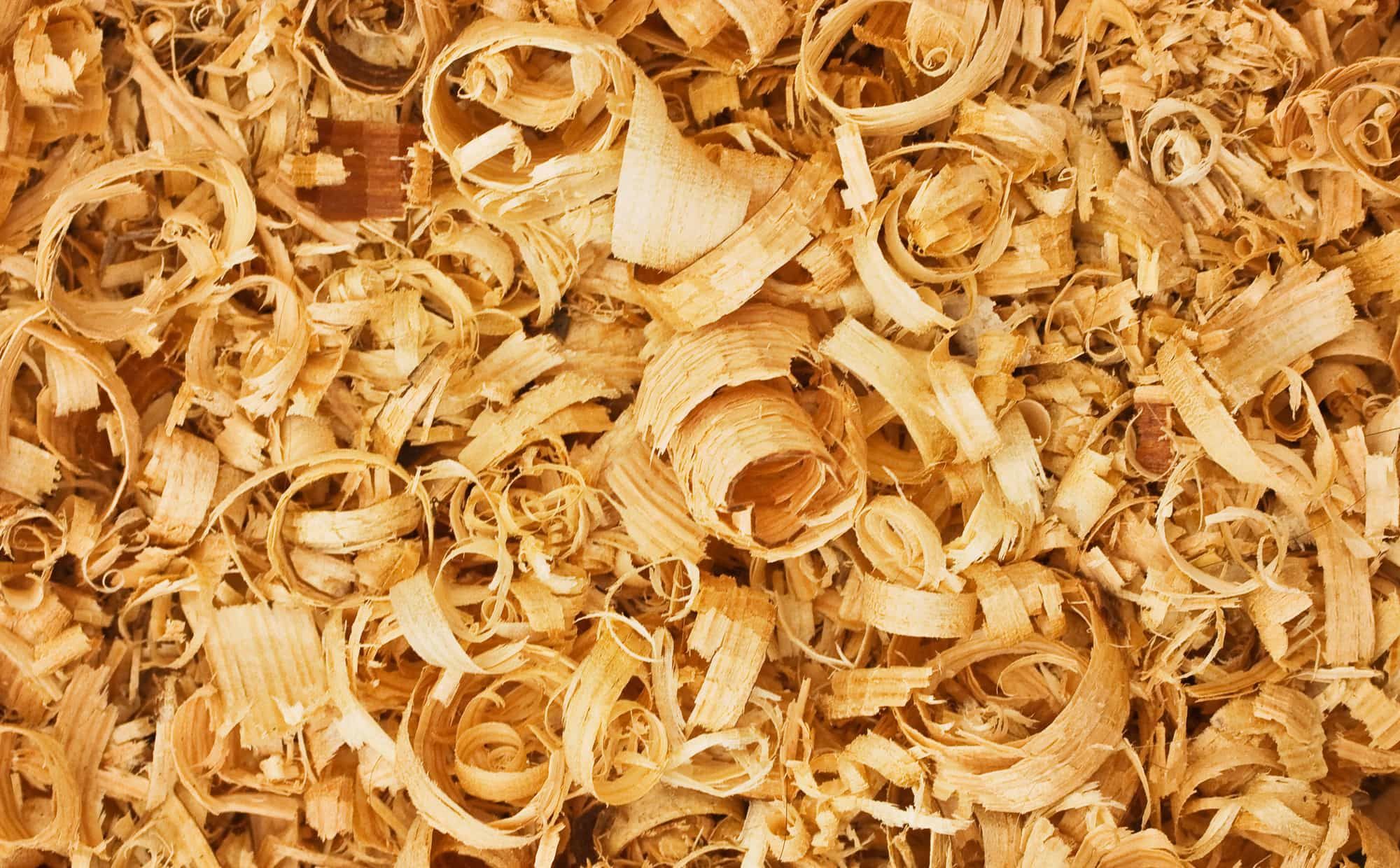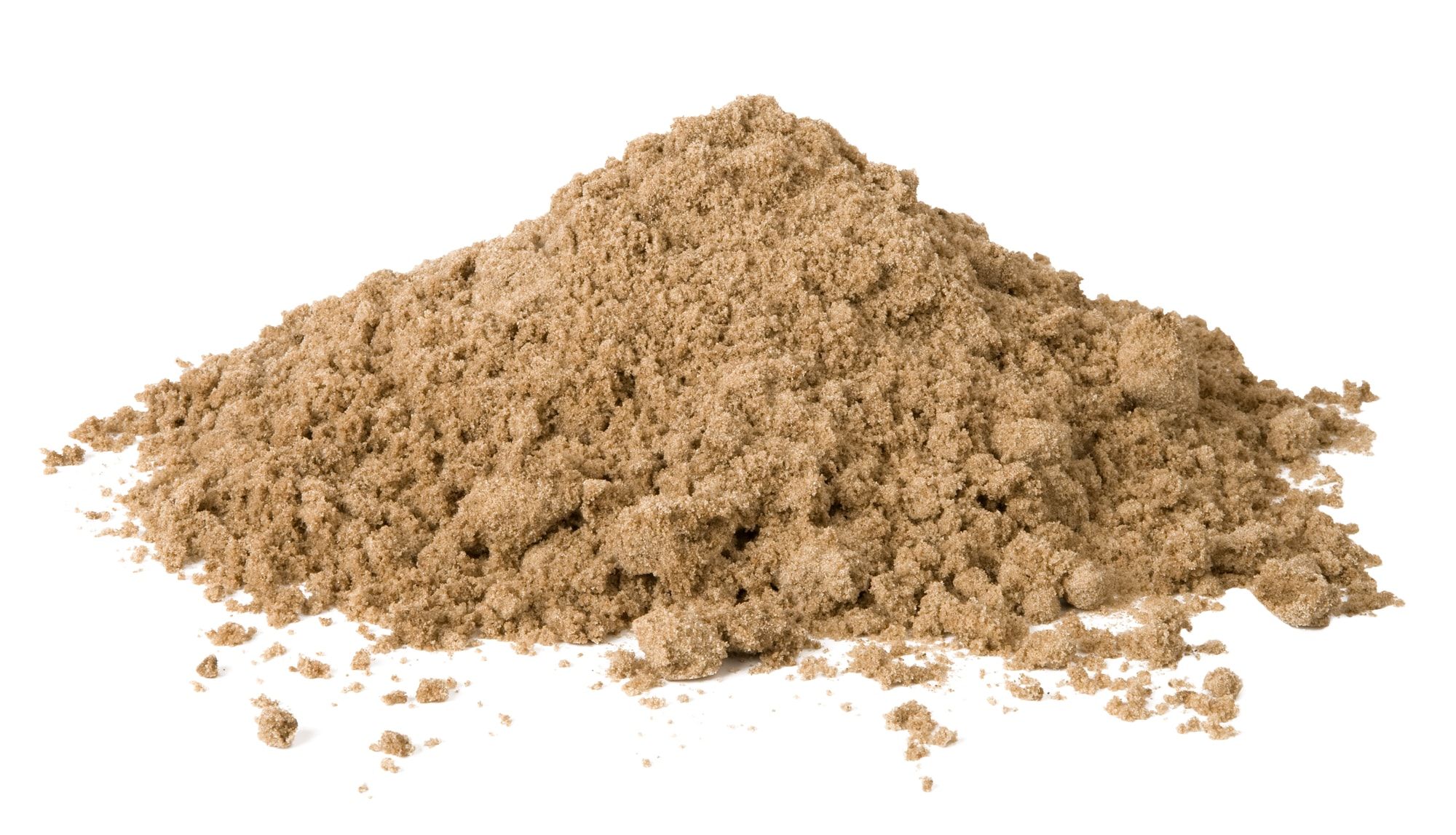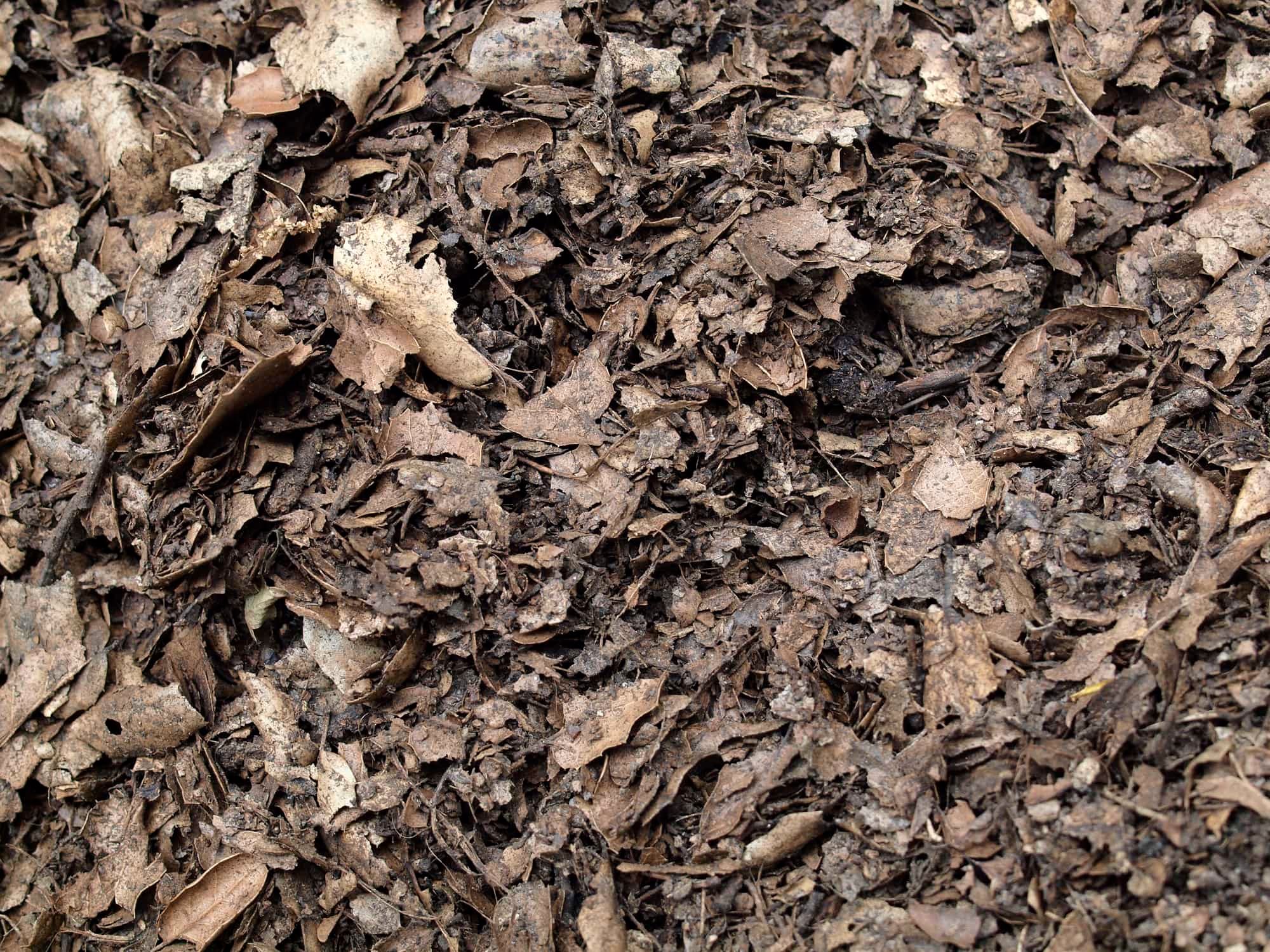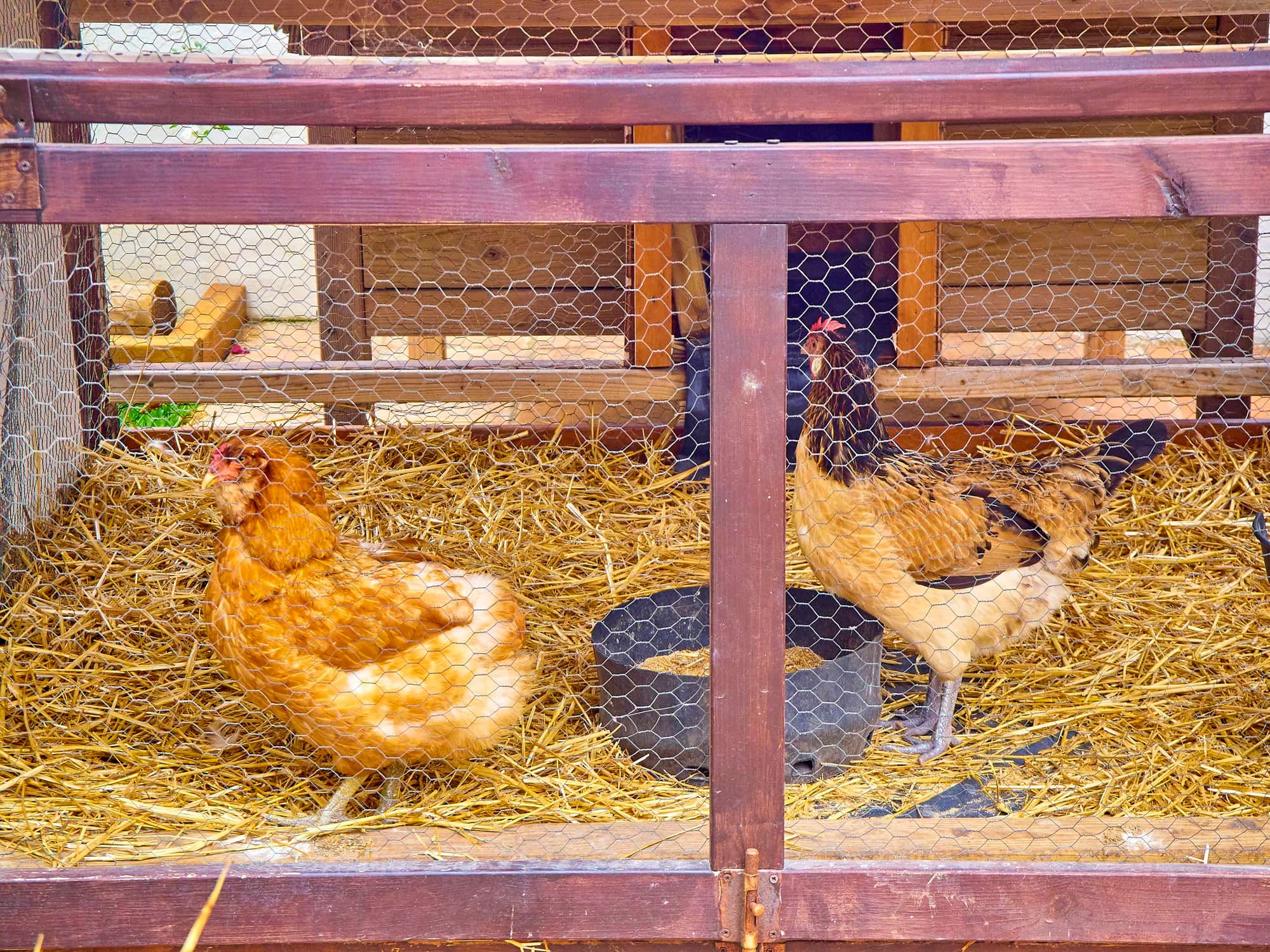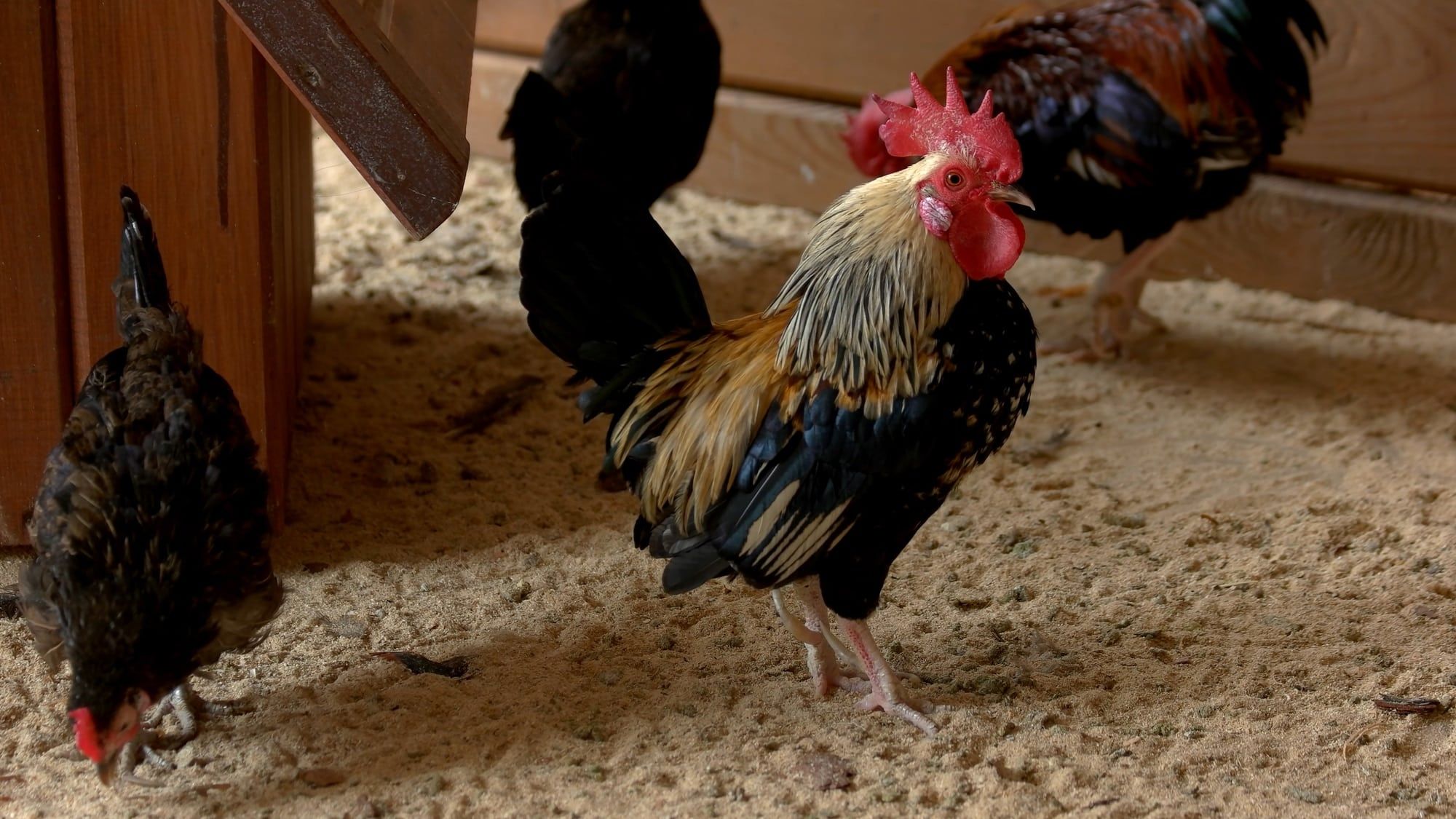If you keep chickens, or are thinking of keeping chickens, you definitely need to provide a floor covering, or bedding material of some sort. This helps absorb moisture, keep your coop clean, and provides a comfortable place for your chickens to walk and nest upon.
The best bedding for a chicken coop is very specific to your chicken’s needs, they type of coop you have, and even the age of your chickens. Below I’ve highlighted what you want to watch for concerning bedding use, which might be best for various situations, and the pros and cons of each type based on my own experiences in various climates.
Top Bedding Options
The following bedding materials are tried and true. I have used all of them at various points through my poultry keeping endeavors, and have my favorites for certain situations.
Straw
Straw, not hay or other grassy stems used for feed, is highly insulating and does not decay well even when wet. It serves as a great mat to collect waste upon, and creates a material that chickens can scratch and pick at to make into their own nest from. It also is long lasting, and with time will break down further to create a softer material that protects the floor of your coop. It’s a great addition to your compost pile as well.
Best For:
Straw is an excellent floor covering, mixes well with other materials, and is a favorite for nesting boxes. It is a softer, protective material that also insulates against heat and cold.
|
Pros |
Cons |
|
|
Pine Shavings
Pine shavings are one of the most popular bedding materials. It mixes well with other options, is easy to find in most pet stores, and is very absorbent. You want to avoid fine shavings since they can be dusty and aggravate chicken’s breathing. You also want to avoid cedar shavings since the oils in sedated can be toxic to chickens. It is very easy to clean as well and doesn’t harbor odors.
Best For:
Pine shavings are a universal pick. Because they absorb so well, they are excellent for wet climates, but are a staple for most chicken coops in any area.
|
Pros |
Cons |
|
|
Shredded Paper
If you, or your office shreds paper, consider using it to help line your coop floor and nesting boxes. Paper is a great insulator and provides a soft bedding on which chickens can walk and nest in. Although it is not long lasting, it does absorb reasonably well, and you can simply scoop out soiled paper and replace it with new. Since paper is compostable, it provides a rich source of nutrients to your compost pile.
Best For:
This is a great way to recycle and add to your compost. Shredded paper is free and a little goes a long way. It can be used in any climate for warmth and protection. It may not be the best in very wet weather if exposed to too much dampness.
|
Pros |
Cons |
|
|
Sand
Sand is a great floor covering rather than true bedding material, but does deserve recognition. It is one of the best products to use on the floor of a coop that sits on the ground as it is highly absorbable and very easy to clean. Although to place it on the floor of a raised coop you may be adding too much weight for the structure.
Best For:
Coops that sit on the ground or have a natural ground cover are best used with sand, but only as a floor option as it is heavy and doesn’t work well with raised floors. It also is not a great choice for nesting.
|
Pros |
Cons |
|
|
What to Avoid
I have seen some people mention they like to pull dry grasses and shredded leaves. I have a tendency to avoid these materials because they are not very absorbent, can harbor insects and bacterias, and also have a tendency to become food.
As mentioned, try to avoid cedar shavings, as well as very fine shavings or anything else that would raise a lot of dust.
Where to Place Bedding
Coop bedding truly is a general term that references the materials that you can place within your coop and on the floor of the building. What you place, and where, is important to the comfort of your chickens and can also be dependent on the climate you live in.
Floor Bedding
What you place on the floor of your coop is important to both moisture control, as well as cleanliness. The floor is where the majority of waste will fall from your roosting chickens, and should be absorbent, as well as easy to clean.
If your coop sits on the ground, you may just use the bare ground and shovel out waste as it accumulates. If you put a thick layer of sand, however, you can easily turn the sand or easily sift out waste- plus you won’t end up digging into the ground itself.
Raised coops can benefit from a thick layer of shavings or straw even if the floor is removable for cleaning. This way you absorb excess moisture and can easily sweep out or dump the majority of accumulated waste.
Nesting Box Bedding
You want to provide your hens with a comfortable place to lay their eggs. Most nesting boxes will accommodate 3 to 5 hens as they prefer to share a favored spot, so keeping the eggs protected is also important. A thick layer of shavings mixed with straw allows hens to build a comfortable and protective nest for eggs, which also provides insulation in both cold and hot weather.
Brooder Bedding
Baby chickens are incredibly fragile and delicate. They need a bedding that provides support to their little feet and help keep them from slipping, as well as a soft surface. Large pine shavings is best for this as smaller shavings can be too dusty or small, and may encourage them picking at it- although it shouldn’t do them much harm.
Conclusion
Whether you already keep chickens or are considering doing so, you should provide a bedding material of some sort to help keep your chickens dry, happy and healthy. Sand for bare ground, shavings, and straw are the most popular choices. They are insulating and easy to clean. Sand and shavings are also moisture absorbing to help keep dampness out of the coop.
Shredded paper is a great option also. It may need to be replaced more often, but it works well. Plus, all these materials compost wonderfully! If you have any questions or comments, please let us know below. And, as always, please share.

